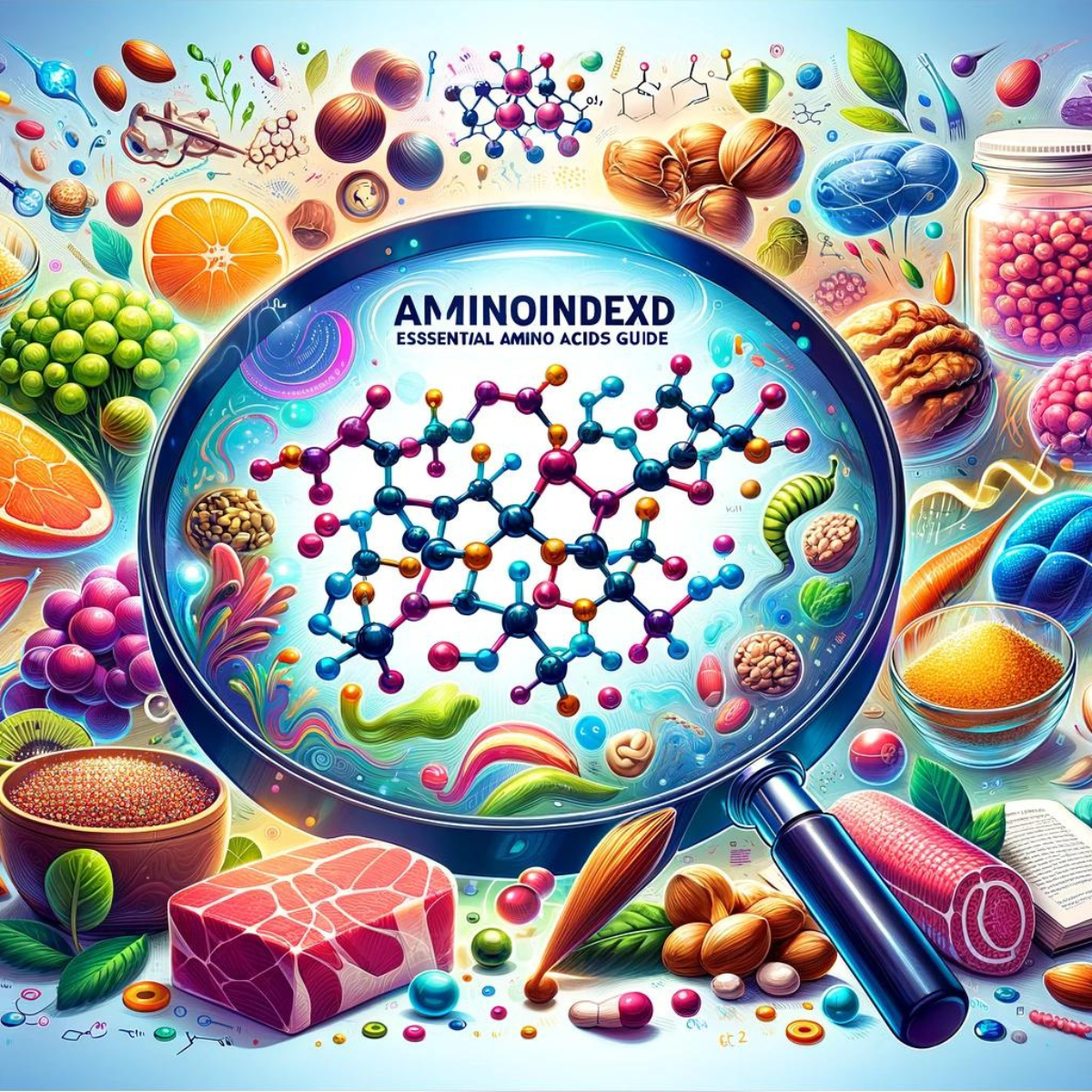Comparative Overview of Acne Treatments
Acne treatment options vary widely, ranging from traditional topical solutions to innovative nutraceutical approaches. Each method has its benefits and limitations, and understanding these can help individuals find a solution tailored to their unique skin needs. This comparative overview examines conventional treatments and how they align—or complement—natural alternatives like pantothenic acid and carnitine.
Traditional Acne Treatments
Conventional treatments for acne focus on reducing symptoms and managing inflammation. Common approaches include:
- Topical Retinoids: These vitamin A derivatives help unclog pores and reduce inflammation but may cause dryness and irritation.
- Benzoyl Peroxide: A powerful antibacterial agent that kills acne-causing bacteria, though it can cause redness and peeling.
- Oral Antibiotics: Used to reduce bacterial overgrowth and inflammation, but prolonged use may lead to antibiotic resistance.
- Hormonal Therapies: Birth control pills or anti-androgen medications can regulate hormones but come with potential side effects.
- Isotretinoin: A potent oral retinoid for severe acne cases, known for its effectiveness but also for its serious side effects.
Nutraceuticals: A Natural Approach
Nutraceuticals like pantothenic acid (vitamin B5) and carnitine target acne at its root by addressing underlying factors such as excess sebum production and inflammation. These natural compounds offer a gentler, sustainable approach without the side effects often associated with traditional treatments.
Key Benefits:
- Pantothenic Acid: Regulates sebum production and supports keratinocyte health, reducing acne formation.
- Carnitine: Helps manage fat metabolism and reduces excess oil production, promoting clearer skin.
- Fewer Side Effects: Unlike retinoids or antibiotics, nutraceuticals are less likely to cause irritation or resistance.
Integrating Both Approaches
For many individuals, combining conventional treatments with nutraceuticals can yield the best results. For example:
- Pairing a topical retinoid with vitamin B5 supplementation can enhance oil regulation and skin repair.
- Using benzoyl peroxide alongside carnitine can address bacterial overgrowth and excess oil simultaneously.
Consulting a dermatologist can help tailor a regimen that integrates these approaches for optimal outcomes.


















